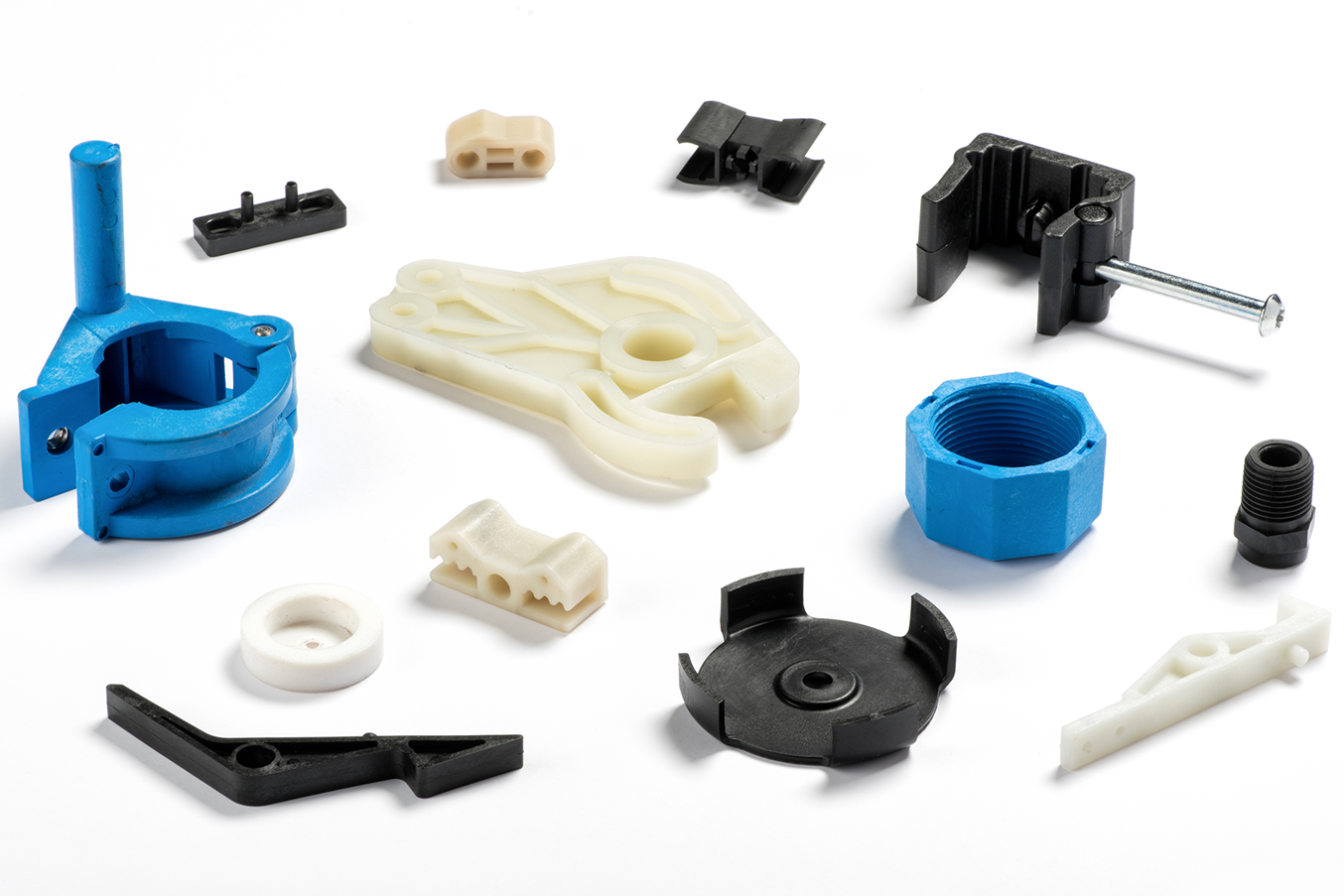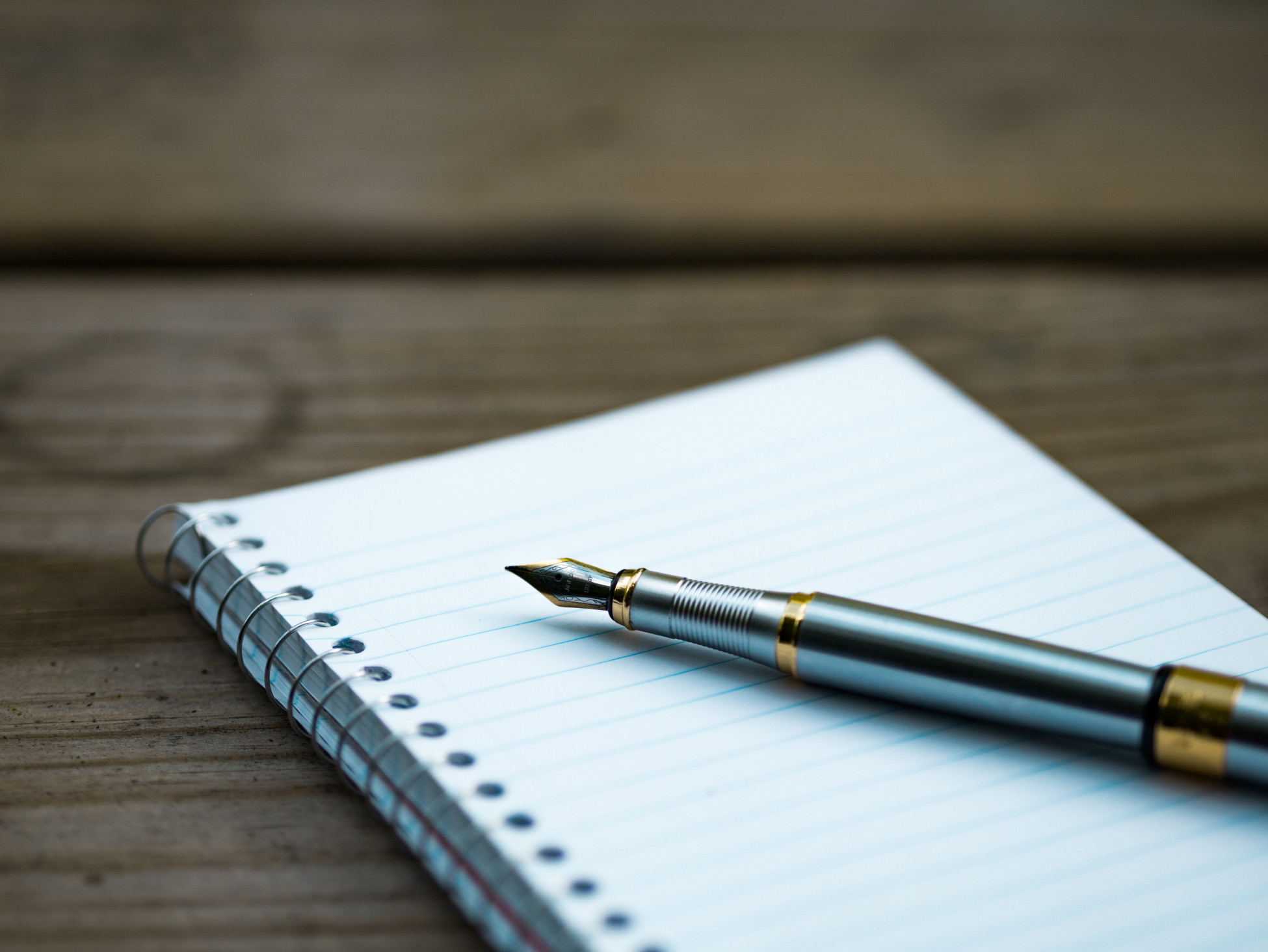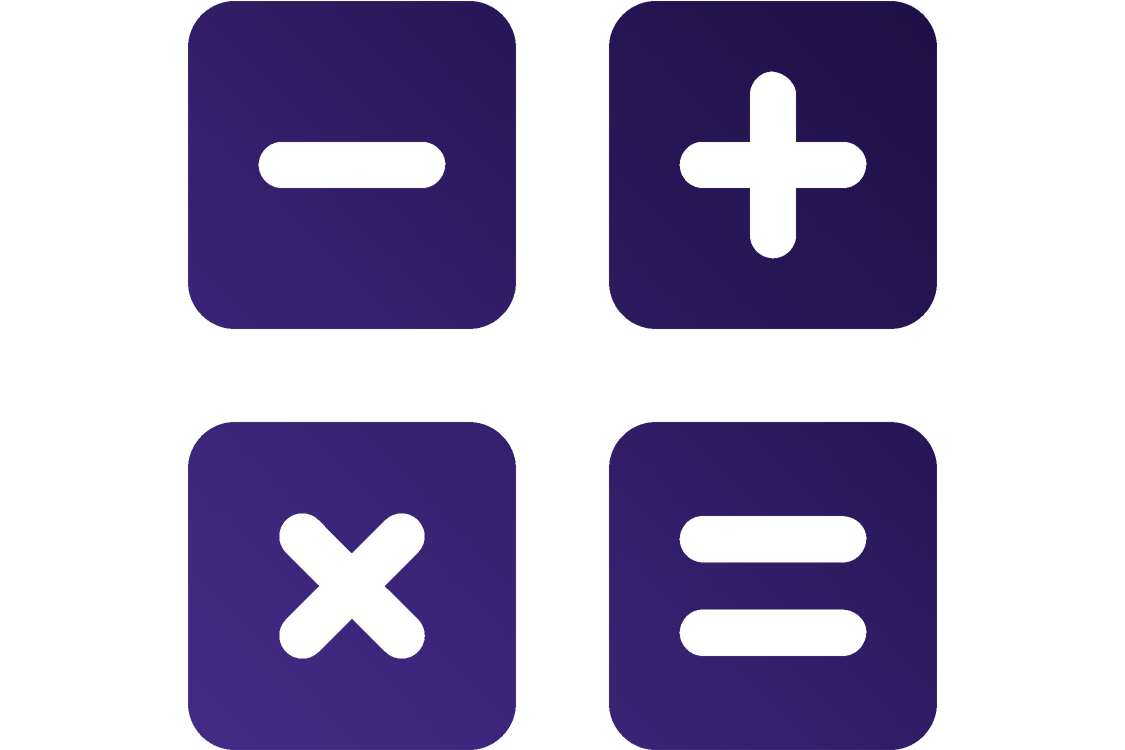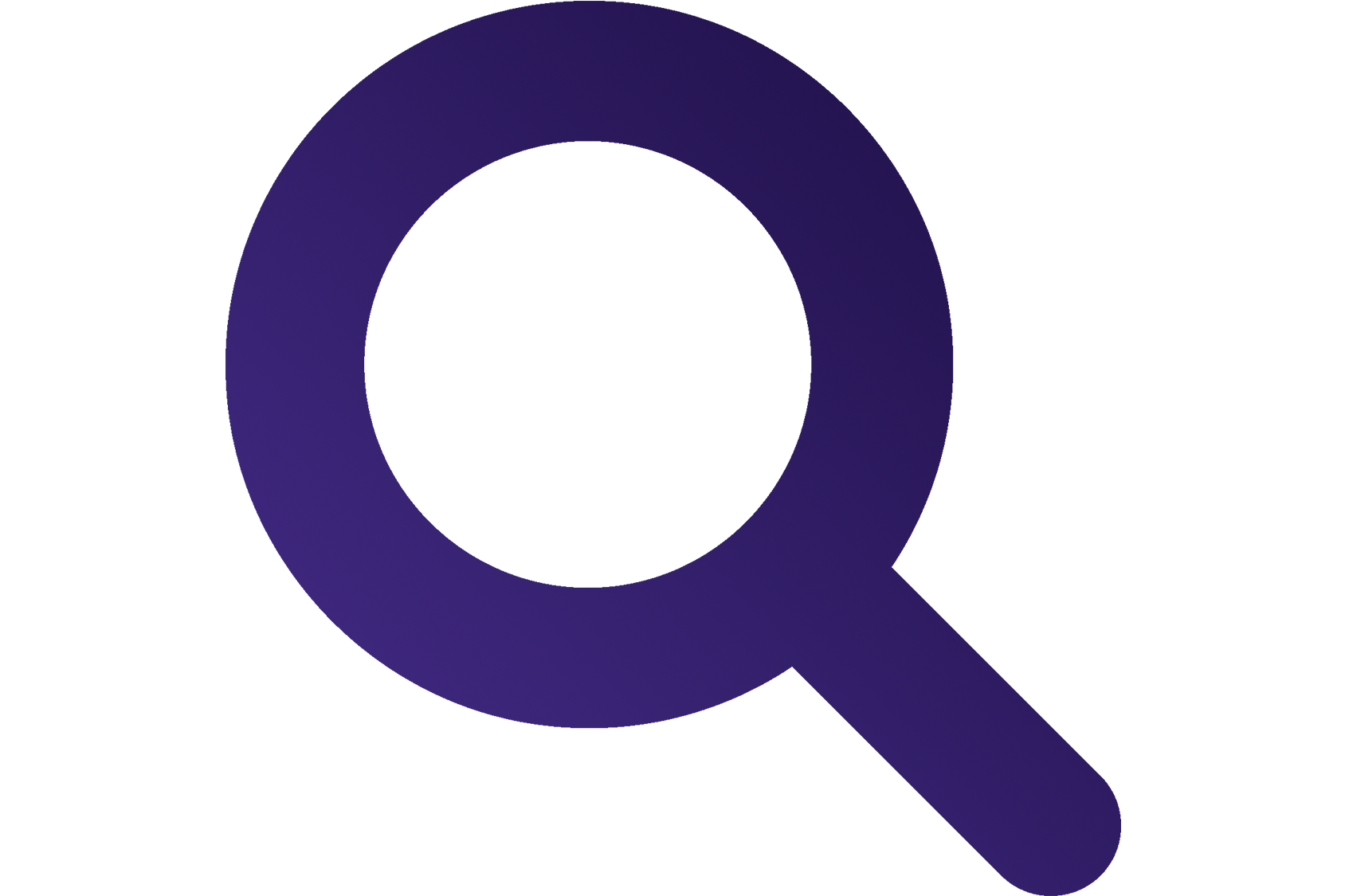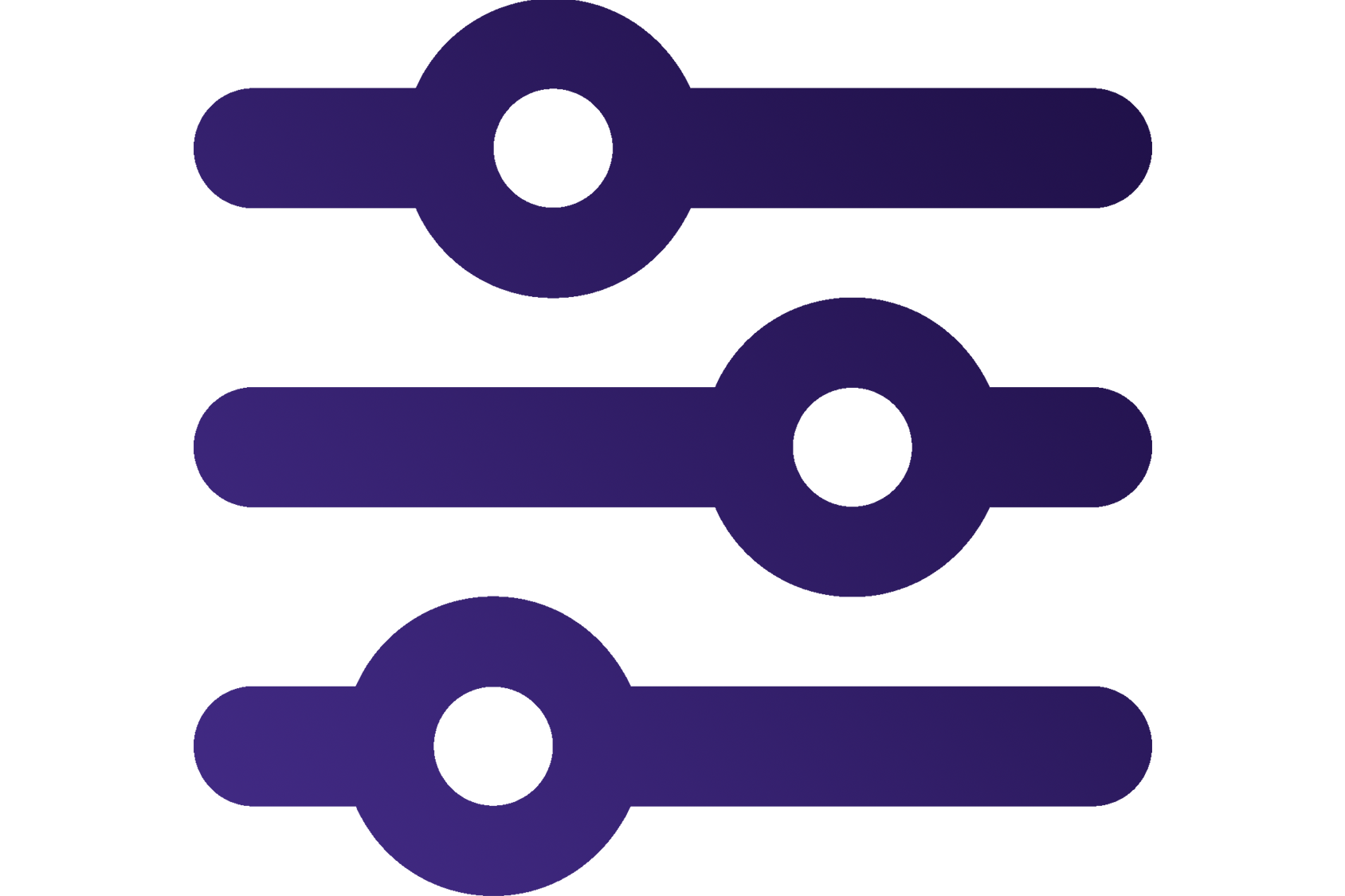Before injection molded parts can be produced, the mold for the parts must first be made. Then the injection molding machine must be set up and adapted for series production. The individual work steps significantly increase throughput times. A further loss of time occurs if changes to the component become necessary during production. Here, the existing mold then either has to be reworked or even made from scratch.
With the 3D printing process, no time-consuming preparatory work or setup times need to be included in the calculation. Once the design data has been created, production can begin immediately. Changes to the part geometry can be implemented immediately in the design files and incorporated in the next print batch. This makes the 3D printing process particularly interesting for time-critical jobs.
PS: At Jellypipe, you can immediately see the price and delivery time in the store after uploading a file, and can freely decide what is more important to you. You can get to a store as follows (select partner, click on store link): Check now


